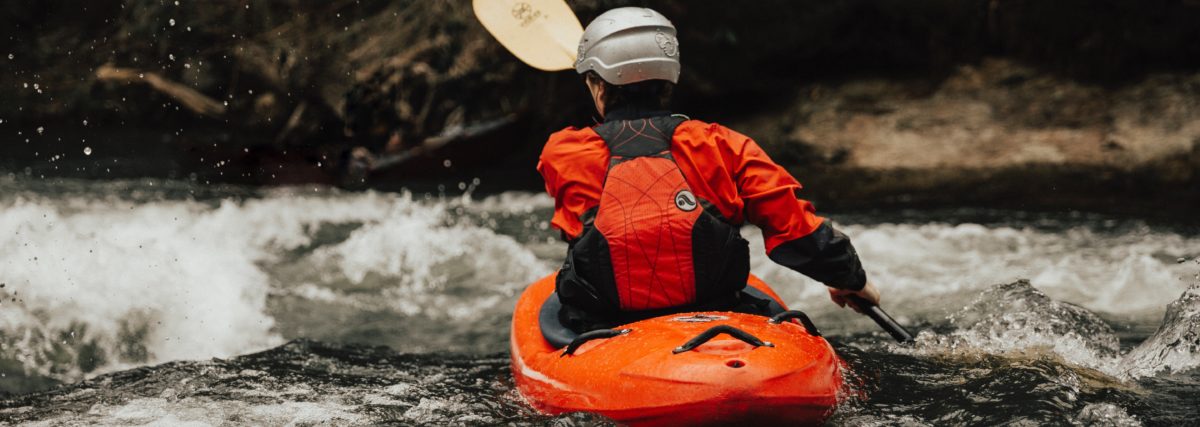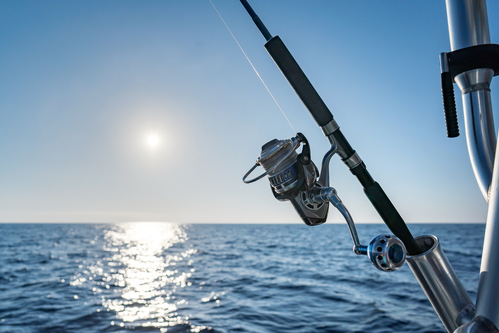Redfish has risen in rank to becoming one of the most sought after trophy fish. Catching one especially by wade fishing can be quite a thrilling sport. So what exactly does it take to catch a channel bass, red bass or red drum as it’s also referred to while wade fishing?
USE THE CORRECT BAIT
Whether it’s a whole school of redfish or just a few casual feeders, they will most likely to drawn to a bait that mimics what they’re eating at that time. When the tides are high, redfish tend to move to the mudflats in search for food.
This means that they’ll be looking for crustaceans such as crabs which are quite prevalent in the shallows. Therefore using a bait that looks like a crab should be the best option if you’re fishing for redfish in such areas.
On the other hand, if you’re fishing for them in deeper creeks where small crabs will most likely not be present, then switch to a bait that’s present there. Once you figure what they’re eating, catching them should be a lot easier.
BE OBSERVANT
Redfish are driven by two main factors, their need to feed and their need to breed. So they’ll most likely be found where the baitfish are. With this in mind, you’ll need to locate the baitfish so you you can find out where the redfish will be.
Baitfish tend to move with the tide. When there’s an incoming tide, the baitfish will move into an estuary or a creek, on the other hand, they’ll be moving back out if there’s an outgoing tide. So if you spot some baitfish like shrimps or crabs, redfish are most likely there as well.
Check out our Guide on : hobie pro angler 12 vs 14
BE STRATEGIC WITH YOUR MOVES
Oyster bars are great for redfish fishing but only if you move along the edges. You will be less likely seen by the fish if you work this way and you’ll also be able to work your lure a lot better if you’re on the shoreline. Most redfish also tend to move along the edges as they look for food.
LOOK FOR THEIR TRANSITION AREAS
Redfish can seem to disappear overnight due to them being forced away from the shallows to their transition areas. Sudden changes in water temperature, clarity or availability of forage could cause this to happen.
Whenever the redfish transition, they often move to deeper waters that’s quite near to where they were most recently spotted. If they were recently seen in muddy shallows, a good transition area to look for them would be a nearby drop-off or a deeper creek.
Transitioned redfish also like to stage themselves in schools of tightly packed fish which makes their strikes a lot more aggressive and fierce because of their heightened competitiveness.
The best way to beat the odds while fishing for them in their transitioned areas would be to target them by vertical jigging while using either live baits or soft plastic lures.
If you’re successful in getting a redfish from a spot, mark the location on your chart plotter because the probability of getting more fish from the same area is quite high.
HAVE THE CORRECT GEAR
Lighter is better when it comes to wade fishing for redfish. You’ll need a medium sized spinning combo that’s about 7 feet with about 10-20 pound brad, coupled with about 2 feet of roughly 20 pound fluorocarbon leader.
You’ll also need a tackle tray with a variety of spoons, top-waters, jig heads and suspension or sinking baits. Add some hooks, corks and a bait bucket to keep your baits in. A gear belt will also come in handy to keep your fish gripper, pliers and a stringer.
Wade fishing can be quite a rewarding experience especially if you’re looking to burn a few calories while you’re at it. The above set of tips should make it a a lot easier to catch one.

